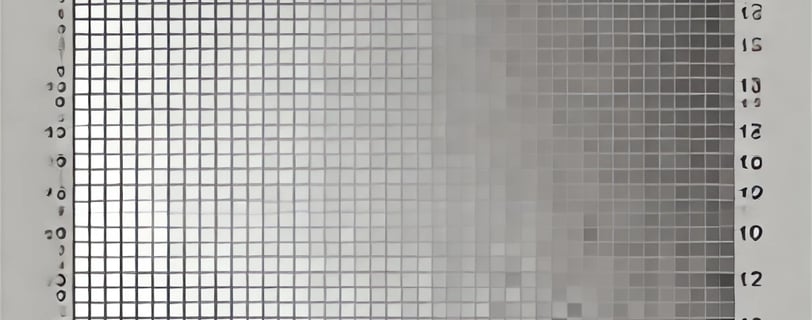Enhancing IoT Security with Image-Based Steganography
"Unlock a new layer of security in your IoT devices with image-based steganography! In this post, we explore how to use steganography to covertly transmit sensitive data within images, adding an extra layer of protection against cyber threats. Discover how to implement this technique in Python, with step-by-step instructions for hiding and extracting messages from images. Whether you're working on smart home systems, industrial IoT, or secure communications, this innovative approach can help safeguard your data in an increasingly connected world. Check out the full blog to learn more!"
Roberto Vazquez
8/30/20243 min read


Using Image-Based Steganography to Strengthen Internet of Things Security
The Internet of Things (IoT) has altered how we utilize technology by linking disparate devices and infrastructure. Thanks to this network of networked gadgets, our professional and personal lives are more automated, efficient, and convenient. On the other hand, security concerns grow in proportion to the proliferation of IoT devices. The increasing frequency and sophistication of cyberattacks targeting IoT devices threaten data security, privacy, and system operation.
We need fresh ideas for Internet of Things security to fight these dangers. Among these methods is steganography, which entails concealing information by mixing it with seemingly innocuous data. Text files, network packets, and even audio files may have their contents hidden via steganography. On the other hand, this blog delves into a fresh strategy: securely transmitting sensitive data between IoT devices using image-based steganography. We may establish a covert communication channel that is very difficult for adversaries to discover and manipulate by embedding instructions, encryption keys, or other private information into the pixels of pictures.
Getting a Handle on Steganography Using Images
Picture-based steganography involves altering pixel values' least significant bits (LSBs) to conceal a message within an image file. The lower-left bit (LSB) of a pixel's value is the most influential component of the image's visual quality. Data may be integrated into the picture by modifying these bits without drastically impacting its look. This technique works so well because the subtle shifts in pixel values are often unnoticeable to the naked eye, protecting the secret message from discovery.
Images taken by Internet of Things (IoT) cameras or other visual sensors might include secret information like authentication tokens, encryption keys, or device instructions. Despite their seemingly ordinary appearance, these photos conceal sensitive information that can only be retrieved by authorized devices with the necessary decryption keys or algorithms. One robust and secure method of communicating and storing data in IoT networks is image-based steganography.
Python Implementation: Hiding and Extracting Messages in Images
Let's examine a basic Python implementation to demonstrate the potential of image-based steganography in an Internet of Things setting. In this example, we will create a grayscale picture, insert a message, and retrieve it.
Step 1: Creating a Sample Grayscale Image


Step 2: Hiding a Message in the Image


Step 3: Extracting the Message from the Image
You can see the embedded text in the picture and how to extract it in the given code. Once the message has been concealed, the picture may be stored, transmitted, or shown without revealing the secret data. Secret information may only be retrieved by authorized persons by deciphering the image's message.
Uses for Internet of Things Security
Transmitting Commands Securely: Use image-based steganography to prevent attackers from intercepting your encrypted commands sent to Internet of Things devices.
Secret Data Retention: Encryption keys, authentication tokens, and other sensitive information may be concealed inside photographs produced by Internet of Things devices. Because the concealed data cannot be revealed while sending or storing these photographs on the cloud, attackers are less likely to target them.
Detection of Tampering: Identifying illegal alterations or tampering is more straightforward since the secret data is contained in the LSBs of the picture pixels. Thus, any alteration to the image might disrupt the concealed message.
In summary
Image-based steganography is an effective method for strengthening the security of the Internet of Things. By concealing important information inside the pixels of photographs, we may build a covert communication channel that is very difficult for attackers to identify and modify. This method safeguards the information and guarantees that Internet of Things devices may function safely in increasingly dangerous settings.
Steganography is a great way to make your Internet of Things (IoT) network more secure, whether creating smart home systems, industrial IoT apps, or encrypted communications. The method is flexible and may be used in different situations to address the unique security requirements of diverse IoT applications.
Explore Further: See if you can apply this method to color photos or hide a lot of info by increasing the number of bits per pixel or switching up the image channels. Secure, covert communication in the IoT has enormous potential and may be pivotal to developing future IoT security measures.
